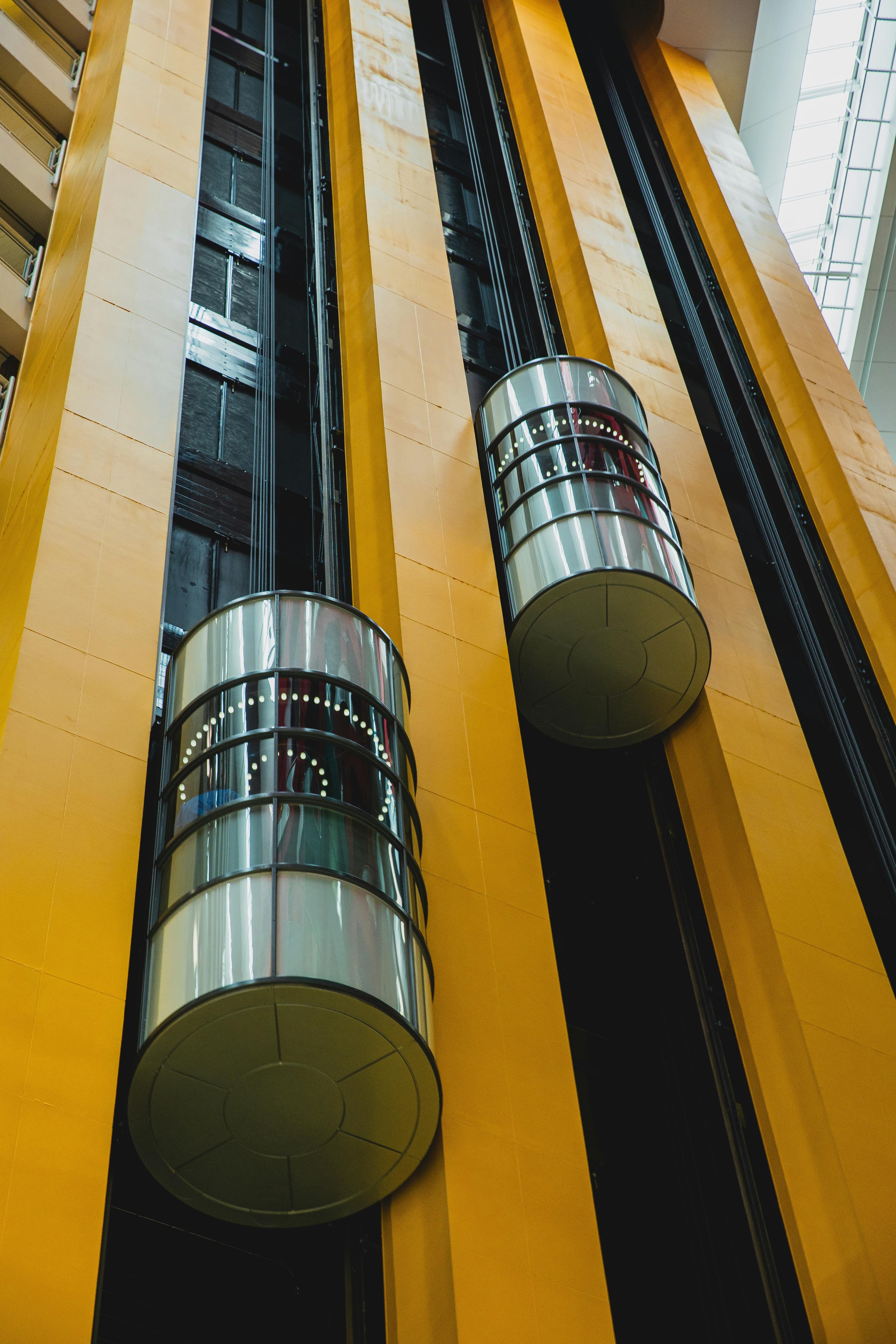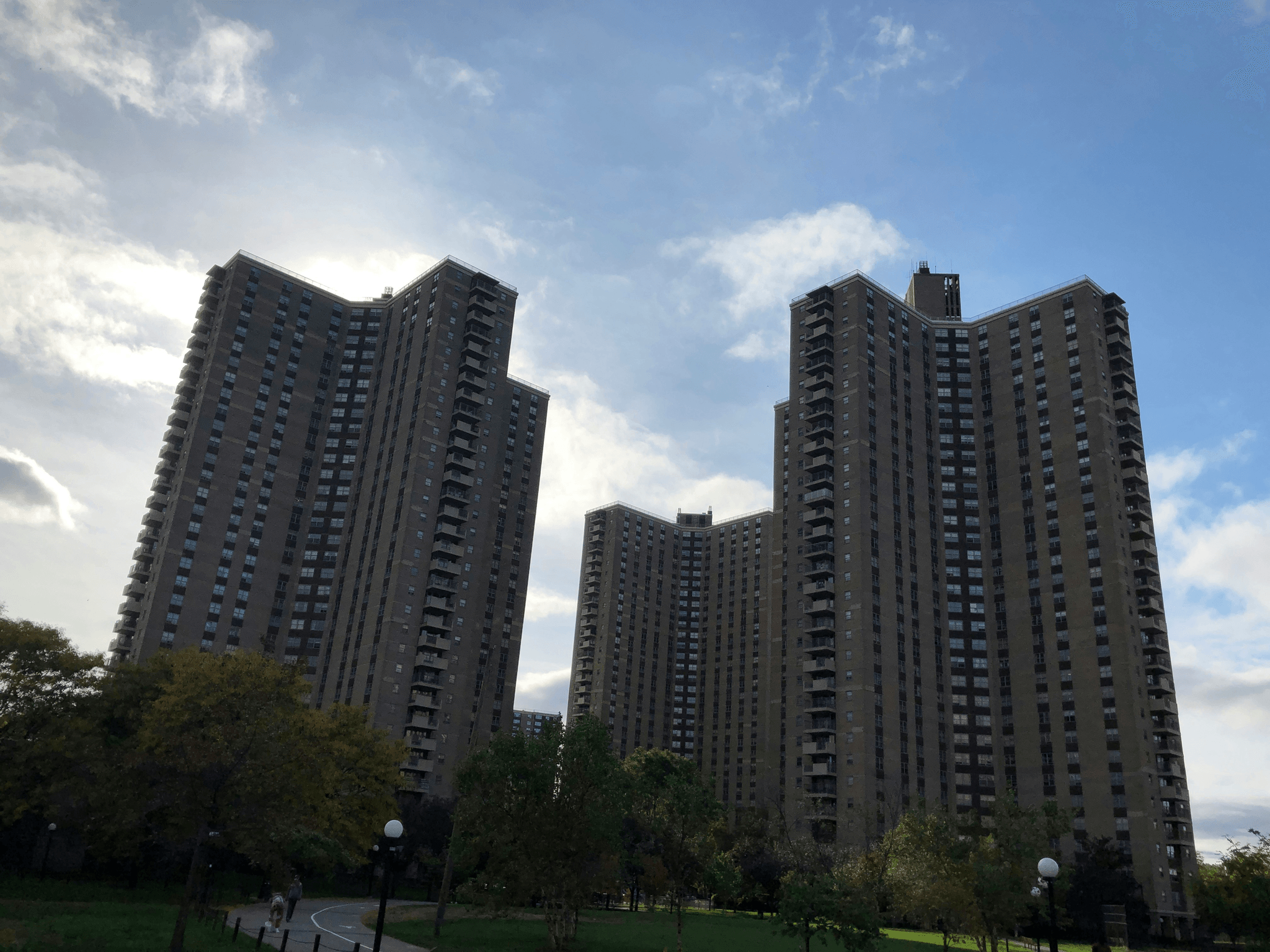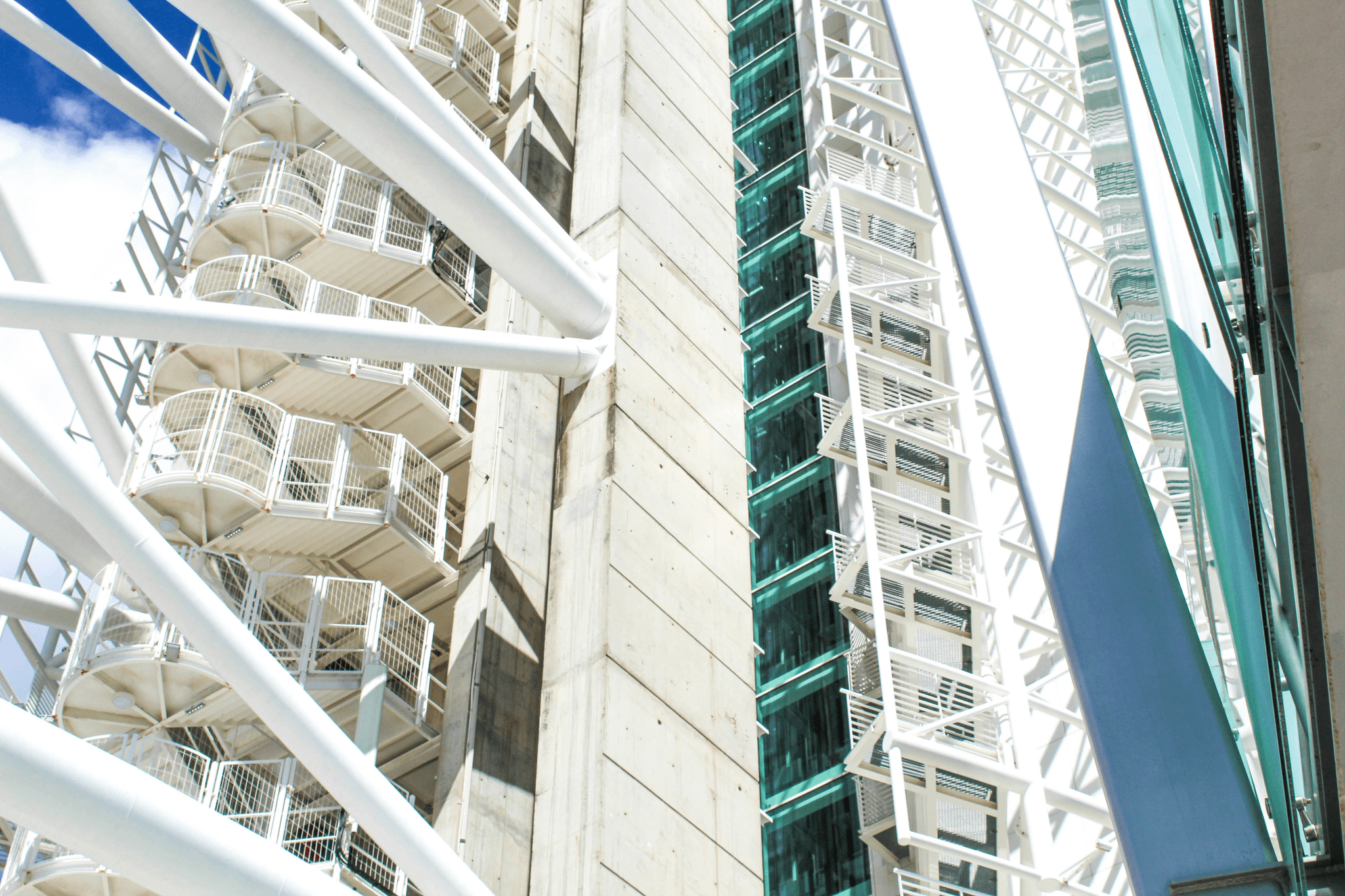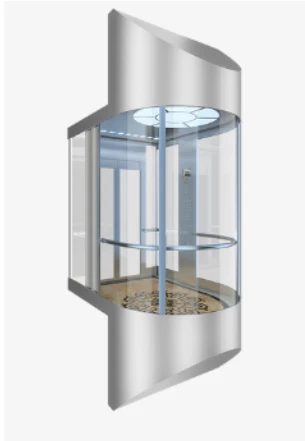Introduction

When it comes to elevator types, understanding the differences between high rise, mid rise, and low rise is crucial for building owners and developers. The choice of elevator can greatly impact the efficiency and convenience of a building, making it a decision not to be taken lightly. In this article, we will explore the relevance of these core keywords in the context of elevator selection.
Understanding Elevator Types
Elevators come in various types, each designed to suit different building heights and usage requirements. High rise elevators are specifically engineered for tall buildings with many floors, while mid rise elevators cater to buildings with a moderate number of stories. Low rise elevators are ideal for shorter structures with fewer levels.
Importance of Choosing the Right Elevator
Choosing the right elevator is essential for ensuring smooth and efficient vertical transportation within a building. High rise vs mid rise, low-rise vs mid rise vs high-rise buildings all have unique needs that must be met by the elevator system in place. The wrong choice can lead to congestion, delays, and dissatisfaction among occupants.
Core Keywords Relevance
The keywords high rise vs mid rise, low-rise vs mid-rise vs high-rise buildings, low rise vs mid rise vs high-rise buildings, mid-rise vs high-rise building, difference between high rise and mid-rise, mid-rise building how many floors, and how many stories is a high-rise all play a critical role in guiding decision-makers toward selecting an elevator that aligns with their specific building requirements.
High-Rise Elevators: The Power of Speed

When it comes to high-rise buildings, speed is of the essence. Schmidt's High-Speed Passenger Elevator is designed to whisk passengers to their desired floors in record time, making it a perfect fit for skyscrapers and other tall structures. With its rapid ascent and descent capabilities, this elevator ensures that occupants can move swiftly and efficiently throughout the building, saving valuable time and increasing productivity.
Schmidt's High Speed Passenger Elevator
Schmidt's High-Speed Passenger Elevator is a game-changer in the world of high-rise buildings. With its cutting-edge technology and advanced engineering, this elevator can reach astonishing speeds, allowing passengers to travel from ground level to the top floor in mere seconds. Its sleek design and smooth operation make it a top choice for developers looking to provide a seamless vertical transportation experience for their tenants.
Advantages of High-Rise Elevators
The advantages of high-rise elevators are clear - they offer unmatched speed and efficiency for occupants in tall buildings. Whether it's a bustling office tower or a luxury residential skyscraper, high-rise elevators ensure that people can move quickly between floors without any delays or inconvenience. This not only enhances the overall experience for building users but also adds value to the property by providing a superior vertical transportation solution.
How It's Different From Mid and Low-Rise Elevators
High-rise elevators differ significantly from mid and low-rise elevators in terms of speed and capacity. While mid and low-rise elevators focus on balancing speed with energy efficiency, high-rise elevators prioritize rapid movement to accommodate the vast number of floors they serve. Additionally, high-rise elevators often feature more advanced safety systems and technology due to the increased demands placed on them in taller buildings.
Mid-Rise Elevators: Balancing Speed and Efficiency

When it comes to mid-rise buildings, elevators play a crucial role in ensuring smooth and efficient vertical transportation. Mid-rise elevators are ideal for buildings with around 5 to 12 floors, striking the perfect balance between speed and efficiency. Unlike high-rise elevators, mid-rise elevators are designed to handle a moderate number of floors without sacrificing speed or performance.
Ideal for Mid-Rise Buildings
Mid-rise elevators are the perfect fit for buildings with around 5 to 12 floors. They offer the right balance of speed and efficiency, making them ideal for mid-sized commercial and residential structures. These elevators provide a seamless vertical transportation experience, catering to the specific needs of mid-rise buildings without compromising on performance.
How Many Stories is a Mid-Rise Building?
A mid-rise building typically consists of 5 to 12 stories, making it an ideal candidate for mid-rise elevators. These buildings are commonly found in urban areas where space is limited but demand for vertical transportation is high. With their unique design and capacity, mid-rise elevators are perfectly suited to meet the needs of such structures.
Differences from High and Low-Rise Elevators
Mid-rise elevators differ from high and low-rise elevators in terms of capacity and speed. While high-rise elevators focus on speed and can handle a larger number of floors, mid-rise elevators strike a balance between speed and efficiency to cater specifically to buildings with moderate floor counts. On the other hand, low-rise elevators prioritize convenience over speed, making them suitable for shorter structures.
Low-Rise Elevators: The Convenience Factor

Low-rise buildings, typically ranging from one to four stories, benefit from the convenience of low-rise elevators. These elevators are designed to efficiently transport passengers within shorter building heights, making them ideal for residential homes, small offices, and retail spaces.
Benefits for Low-Rise Buildings
The benefits of low-rise elevators for these buildings include improved accessibility for individuals with mobility challenges, reduced waiting times due to lower traffic volume, and cost-effective installation and maintenance. Additionally, they enhance the overall value and functionality of the building.
Low Rise vs Mid Rise vs High Rise Buildings
When comparing low-rise versus mid-rise versus high-rise buildings, it's important to consider the number of floors each type encompasses. While low-rise buildings have a maximum of four stories, mid-rise buildings typically range from five to twelve stories, and high-rise buildings have more than twelve stories.
How It Compares to Mid and High-Rise Elevators
Low-rise elevators are specifically designed for shorter building heights and are equipped with features tailored to meet the unique needs of low-rise structures. They differ from mid and high-rise elevators in terms of size, speed, capacity, and overall design.
Safety Features: A Critical Consideration

When it comes to elevators, safety is a top priority for building owners and occupants alike. With the constant movement between floors in high-rise, mid-rise, and low-rise buildings, ensuring the safety of passengers is crucial. From emergency brakes to fire-resistant materials, elevators are equipped with various safety features to prevent accidents and protect passengers.
Importance of Safety in Elevators
The importance of safety in elevators cannot be overstated, especially when considering the different types of buildings they serve. High rise vs mid rise buildings have unique safety requirements due to their varying heights and passenger capacities. Ensuring that elevators are equipped with state-of-the-art safety features is essential for providing peace of mind to everyone who uses them.
In addition to state-of-the-art safety features, regular maintenance and inspections are crucial for ensuring the ongoing safety of elevators in high rise and mid rise buildings. Regular maintenance helps to identify and address any potential issues before they become safety hazards, while inspections ensure that all safety features are functioning as intended. By integrating technology for real-time monitoring of elevator performance, building managers can stay ahead of any potential safety concerns and address them proactively.
Technology Integration for Passenger Safety
Advancements in technology have revolutionized elevator safety, with features such as destination dispatch systems and real-time monitoring enhancing passenger security. These innovations cater to the specific needs of high rise vs mid rise buildings, offering tailored solutions for efficient vertical transportation while prioritizing passenger safety.
The integration of technology in elevator safety has also led to the development of smart elevator systems that utilize artificial intelligence and machine learning algorithms to predict and prevent potential malfunctions. These systems can analyze data in real-time, identify patterns, and proactively address issues before they escalate, ensuring a smooth and secure ride for passengers. By leveraging advanced predictive maintenance techniques, building managers can minimize downtime and reduce the risk of unexpected breakdowns, ultimately enhancing passenger safety and satisfaction.
Ensuring Passenger Comfort and Security
In addition to advanced safety technology, modern elevators also focus on providing a comfortable and secure experience for passengers. From smooth acceleration and deceleration to well-lit interiors and emergency communication systems, every aspect is designed with passenger well-being in mind.
Modern elevators also prioritize passenger comfort through features such as air conditioning and ventilation systems to ensure a pleasant temperature inside the cabin. Additionally, soundproofing materials are used to minimize noise from the motor and machinery, creating a peaceful environment for passengers during their ride. These thoughtful design elements contribute to an overall enjoyable experience for those using the elevator.
By prioritizing safety through advanced technology integration and passenger comfort measures, elevators cater to the unique requirements of high-rise vs mid-rise buildings while ensuring a secure vertical transportation experience for all occupants.
Factors to Consider When Choosing an Elevator

When choosing an elevator for your building, it's crucial to consider the building height and usage. High-rise buildings require elevators with greater speed and capacity to accommodate the large number of occupants, while mid-rise buildings need a balance of speed and efficiency. Understanding the specific needs of your building will help you make the right decision when selecting an elevator.
Building Height and Usage
For high-rise buildings, it's essential to consider how many stories the building has in order to determine the appropriate elevator type. Generally, a high-rise building is classified as having more than 12 stories, requiring elevators with high-speed capabilities and advanced technology for efficient vertical transportation. On the other hand, mid-rise buildings typically have 5-12 stories, necessitating elevators that can efficiently transport occupants without the need for excessive speed.
Cost and Energy Efficiency
Cost and energy efficiency are important factors to consider when choosing an elevator for your building. High-rise elevators may require more energy due to their speed and capacity, leading to higher operational costs. In contrast, mid-rise elevators offer a balance of speed and efficiency while being more cost-effective in terms of energy consumption. It's crucial to weigh these factors against your budget and long-term operational expenses.
Customization and Design Options
When selecting an elevator, customization and design options play a significant role in enhancing the overall aesthetic appeal of your building's interior. High-rise elevators often come with customizable features such as sleek designs, luxurious materials, and advanced control systems that cater to the sophisticated preferences of occupants in tall buildings. Meanwhile, mid-rise elevators offer a range of design options that prioritize functionality while still allowing for some customization based on architectural preferences.
By carefully considering these factors when choosing an elevator for your building - including understanding the differences between high rise vs mid rise buildings - you can ensure that you select the most suitable option that meets both practical needs and aesthetic preferences.
Conclusion

When it comes to choosing the right elevator for your building, it's essential to consider the specific needs and requirements of your space. Whether you're deciding between high rise vs mid rise elevators or weighing the benefits of low-rise vs mid rise vs high-rise buildings, taking into account factors such as building height, usage, cost, energy efficiency, and safety features is crucial in making an informed decision. Elevator safety and efficiency should always be a top priority, ensuring that passengers feel secure and comfortable as they travel through your building.
Choosing the Right Elevator for Your Building
Selecting the most suitable elevator for your building can be a challenging task, but by carefully evaluating your building's unique characteristics and usage patterns, you can make an informed decision that meets the needs of both residents and visitors. Whether it's a high rise vs mid rise or low-rise vs mid rise vs high-rise buildings comparison, understanding the specific requirements of each type of elevator will help you make the right choice.
Factors to Consider in Elevator Selection
Factors such as building height and usage play a significant role in determining which type of elevator is best suited for your space. Additionally, considering cost and energy efficiency can help you make a financially sound decision that benefits both your budget and the environment. Customization options are also important to consider when selecting an elevator that complements the design aesthetic of your building.
Elevator Safety and Efficiency
Elevator safety should always be a priority when choosing an elevator for your building. By integrating advanced technology features designed to enhance passenger safety and comfort, you can ensure that everyone who uses your elevator feels secure throughout their journey. Prioritizing efficiency will also contribute to a seamless experience for passengers as they move through your building.
With these considerations in mind, you can confidently choose an elevator that not only meets the practical needs of your building but also enhances its overall functionality and appeal.

